Pacific Harbour Seal
Identifying Features:
Coat colors of the Pacific harbour seals are varied in shades of white, black, gray or sometimes dark brown. Spots are common markings on the harbor seals, and are often in contrasting colors to the main coat color. Harbor seals have also been known to have an almost red color in the San Francisco Bay. The Pacific harbour seals have large, round, smooth heads, with no external ear flap, signifying them as ‘true’ seals. Whiskers and large eyes, with large pupils, are other identifying features. Males of this species are often larger than the females. Thick fat (also known as ‘blubber’) covers the seals body. Harbour seals have short pectoral flippers that are covered in hair with five fingers that are used for scratching, defense and grooming of themselves. Their hind flippers also have five fingers. The hind flippers are used to propel the forward and are also used for side to side motions.
Habitat:
Though they often travel up rivers and into lakes, the Pacific harbor seal stays mainly in temperate coastal areas of the north Pacific. They favor being near shore and are often seen on rocky beaches, sandy beaches, bays and estuaries. They can range from Alaska to Mexico.
Prey:
The Pacific harbour seal eats by ripping their prey into pieces, then swallow the pieces whole. The molars of the seal crush shells before swallowing, but food is almost never chewed. They feed mainly on crustaceans, mollusks, squid and various fish, including herring, cod, salmon and sea bass. Feeding is often in shallow water.
Predators:
The main predator of the Pacific harbour seal is the Orca, while other minor predators include specific types of shark, such as the Great White Shark, and humans. Though the Pacific harbour seal is now protected against commercial exploitation, it is still often hunted by some Native American peoples. Harbour seals often get entangled in fishing nets and are strangled and injured.
Life Cycle:
Mating season for Pacific harbour seals often happens in the warmer months of the year, and only one pup is usually born. Female seals are ready to breed about 6 months after birth, and reach maturity around 2-5 years, while male seals are a bit longer, around 5-6 years. It takes about 9-11 months from the pup being conceived to when the pup is born. Pups can crawl and swim right after birth, usually within an hour. Following birth, the pup is protected and nursed by its mother for 4-6 weeks. To breed, Male Pacific harbour seals become very violent and fight each other for the female’s attraction. Male’s will breed with many females’ during the breeding season. Male Harbor Seals live an average of 20 years, and females an average of 25-30 years. The Pacific harbour seals have one of the smallest populations of all the harbour seals, fewer than 4,000. Pacific harbour seals are only seen in groups during molting and breeding.
Photos by D. Young and T. March
References


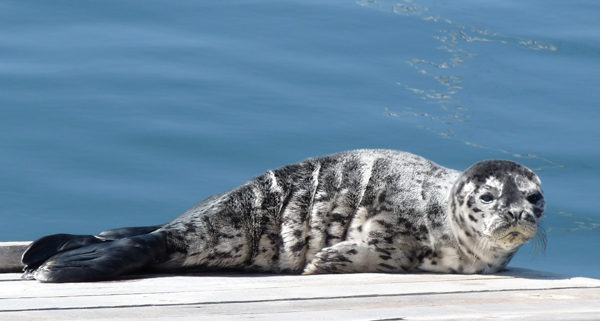
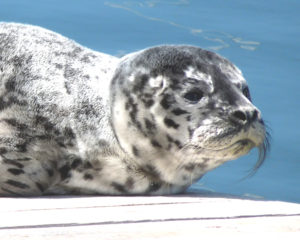
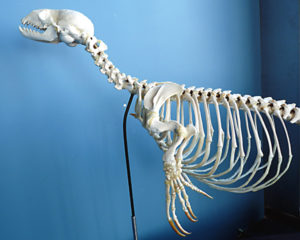
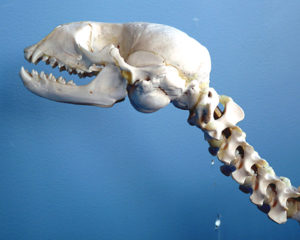
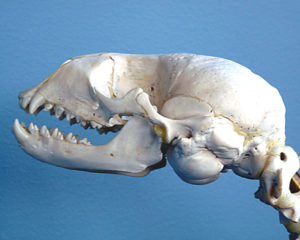


Leave a Reply
Want to join the discussion?Feel free to contribute!